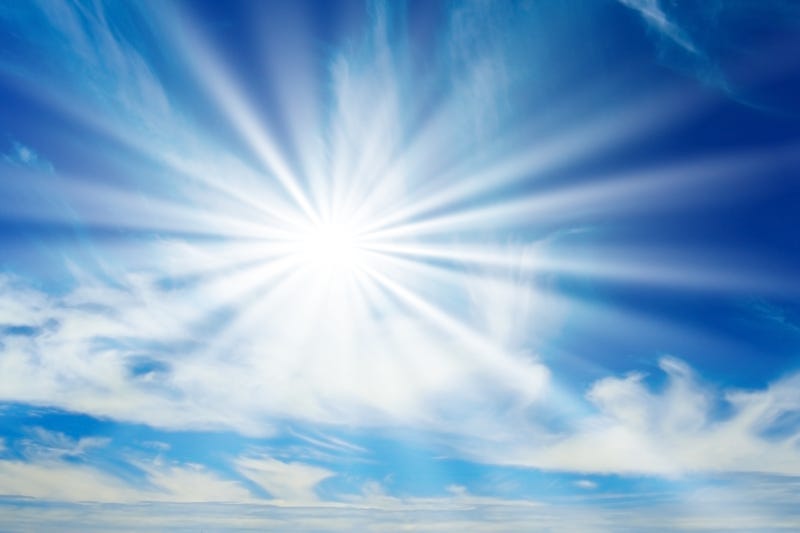
DALLAS (1080 KRLD) - May is melanoma awareness month. Melanoma is not the most common type of skin cancer, but it is the most deadly.
"We are seeing what could be called an epidemic in the United States with an increasing number of diagnoses of melanoma," said Dr. Corinne Erickson, a dermatologist on the medical staff at Texas Health Presbyterian Hospital Dallas. "The good news is we are catching it earlier and are able to remove it safely."
The increase in diagnoses is affecting women ages 18-40 and doctors say indoor and outdoor tanning have both contributed to the increase.
Doctors say sunburns from your childhood could contribute to melanoma later in life.
"Protecting our kids is critical, as it's the sunburns in childhood that really increase the melanoma rates in adulthood," Erickson said. "An ounce of prevention is far better than a pound of car. It's been cited that 5 blistering sunburns before the age of 20 increases your chances of melanoma by up to 80%."
Symptoms may not be obvious. Seventy-five percent of cases of melanoma are discovered by the patient or their partner after noticing a dark spot on their body in sun-exposed areas. Dr. Erickson says it's important to "know your moles." If an existing mole changes in appearance, that could indicate a need to visit a dermatologist. Dr. Erickson says the ABCDE guide works well as a self-screening tool: Asymmetry, Border Irregularities, Color Variation, Diameter >6mm (think pencil eraser), and Evolution.
